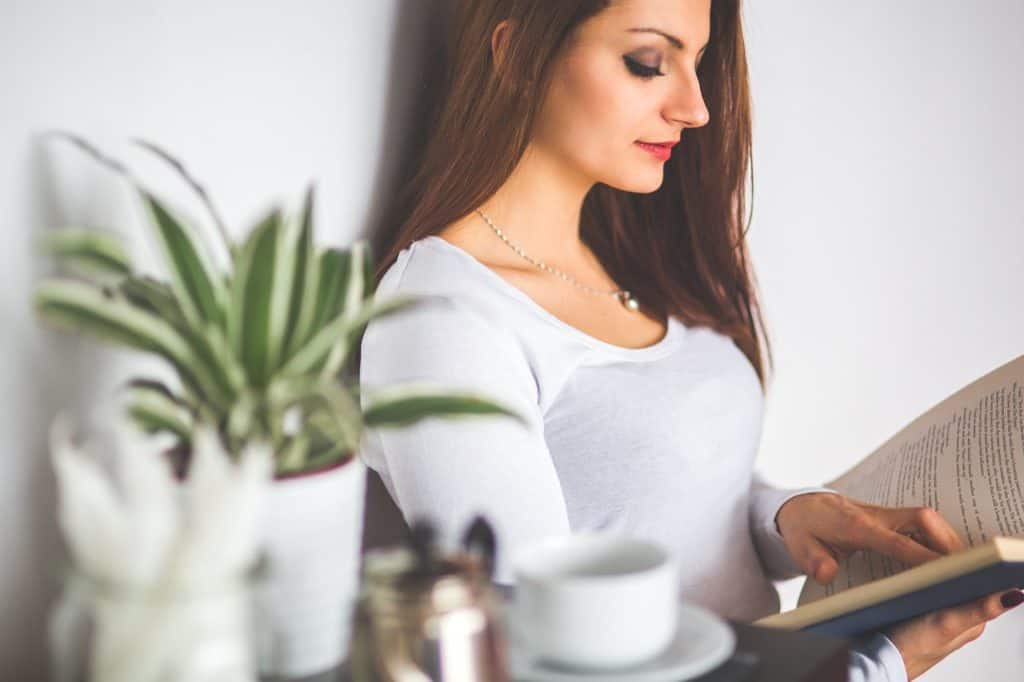A recent study conducted by Washington State University (WSU) researchers carefully monitored various types of American homes to monitor indoor air pollution.
The results reveal that modern construction methods as well as summer heat waves may have more of a bearing on the quality of the air we breathe in our homes than previously thought.
What data did this important study uncover and how can you measure the quality of your indoor air? The Air Quality Consultants team is here with a report as part of our Mold in the Media series, which provides public updates on recent news dealing with mold as well as other indoor air quality hazards. Our goal is to raise public awareness for today’s modern threats to healthy indoor air.
Indoor Air Pollution vs. Outdoor
For decades now, governments, non-profit organizations, scientists, and countless individuals have done much to raise public awareness about the issue of outdoor pollution. Most of the world recognizes outdoor air pollution as a real public health threat in the 21st century.
In response, a hoard of regulations have been put in place on a global level in an effort to curb some of the main sources of pollution, such as industrial waste, wildfires, vehicular emissions, etc.
For example, many governments have encouraged carpooling or have even enforced car-free days in densely populated areas.

Outdoor air pollution is indeed a worldwide conversation piece, and has been for years.
Shockingly, however, relatively few global citizens are aware of the fact that the air we breathe in our homes can actually be far more polluted than the air we are breathing outside. This, coupled with the fact that the majority of our lives are spent indoors makes indoor air quality a very real and relevant public health threat.
“In fact, a growing body of research indicates that the air inside homes and office buildings is often dirtier than the air in some of the largest and most industrialized cities in the world, according to the U.S. Environmental Protection Agency. In other words, indoor air quality is an important environmental health issue,” explains ConsumerNotice.org.
Yes, poor indoor air quality is a serious and widespread problem. What, though, are the risks of long-term exposure to polluted indoor air?
Health Risks of Indoor Air Pollution
Of course, much research is still being done on what indoor air pollutants are specifically linked to which health problems. As more studies are conducted, we are learning more and more about just how volatile indoor air pollution can be.

What we do know:
“Researchers know that air pollution, whether inside or outside, has a significant impact on people’s health, including their heart, lungs, brain, and neurological health,” says a WSU representative reporting on the study referred to at the outset of this article via Phys.org.
From minor symptoms, such as sniffles and coughing to more serious diseases such as cancer, indoor air contaminants present in homes across the globe have been proven to lead or at the very least contribute to these poor health conditions.
Long-term exposure to polluted indoor air can have serious, irreversible health effects.
Sources of Indoor Air Pollution
There is a wide array of contributors to indoor air pollution that can be found in almost any home. Common household items may be releasing toxins into the air in our homes without our realizing.
A few common indoor air pollutants…
- Building materials (drywall, stains, paint, carpeting, etc.)
- Furniture (cabinetry, sofas, furniture made of pressed wood)
- Mold
- Poorly maintained HVAC systems
- Household cleaners (VOCs)
- Personal care products
- Radon
- Pesticides
- Appliances that burn combustible fuel such as gas stoves
- Pests
- Lead
- Formaldehyde
- Pet dander and dust
- Mercury
For a more complete list, visit the Environmental Protection Agency’s website.
In reality, the sources of indoor pollutants stretches even beyond the potential contaminants mentioned above. Nearly all homes contain at least one of the aforementioned sources of indoor air pollution.
Actually, the level of pollution in a home can be affected by the temperature and type of building. How is that?
Home Temperature and Construction Effect Indoor Air Quality
In the previously mentioned WSU study, professor in the Department of Civil and Environmental Engineering Tom Jobson along with graduate student Yibo Huangfu found that the level of pollutants in our indoor air can actually vary throughout the day in relation to temperature.
As they examined and performed testing in a variety of typical US homes, the two researchers noticed that as the temperature rose outdoors, formaldehyde levels correspondingly increased inside the home. Rising temperatures encourage products containing formaldehyde (such as some types of furniture) to release higher levels of gas into the air.
Jobson and Huangfu also found that when certain building materials were heated, such as gypsum drywall, it released not only high formaldehyde levels, but possibly also mercury. Exposure to these chemicals is known to inhibit thinking and learning ability in humans.
In the case of indoor air pollution, no doubt ventilation, such as opening a window becomes key to neutralizing danger.
Professional Indoor Air Pollution Test
However, another problem the researchers encountered is that the modern home construction style is to make homes as sealed up as possible, in an effort to boost efficiency and shut out pollution from the outside.
The article goes on “One of the ways to clear out harmful chemicals is with ventilation to the outdoors. But, with increased concern about climate change and interest in reducing energy use, builders are trying to make homes more airtight, which may inadvertently be worsening the problem.”
This style of construction may succeed in blocking out pollutants from the outside, yet the trade-off is trapping potentially more harmful pollutants inside. Clearly, a balance is needed to succeed in promoting good indoor air quality.
The researchers intend to explore further how to strike this balance, in an effort to protect the public from exposure to poor indoor air quality, perhaps through the use of green building materials.
Indoor Air Quality Testing
Thankfully, if you are wondering about the safety of the air you breathe in your home, you do not have to play a guessing game.
The best way to find out what pollutants exist in your home is through a professional air quality test.
When you hire a local Virginia air quality testing professional like us here at Air Quality Consultants, you will no longer have to wonder what air quality threats – if any – exist in your home.
Our expert indoor air quality testing can put your mind at ease and help you find out what changes need to be made in your home to improve the quality of you and your family’s air.
Contact us now to request a free quote for indoor air quality testing.
Stop guessing – start testing!




